I’m sure you’ve heard about VSTs and VST3s, but what exactly is the difference between the two?
Knowing this can help you make informed decisions about which plugins to invest in and use for your musical projects.
Otherwise, you might find yourself stuck with plugins that don’t offer the latest features or make efficient use of your computer’s resources.
Luckily, we’re here today to break it all down for you.
In today’s article, we’ll discuss:
- VST vs VST3 formats ✓
- Technical differences ✓
- Features showdown ✓
- MIDI input handling ✓
- Automation parameters ✓
- Plugin types & alternatives ✓
- Compatibility and support ✓
- Pros and Cons of each format ✓
By the end of this article, you’ll know everything you need to make an informed decision about whether to go with VST or VST3 plugins.
You’ll also have a firm understanding of the key technical differences, features, and compatibility issues that set these two standards apart.
Armed with this knowledge, you’ll be well-equipped to optimize your music production workflow.
So, let’s dive in to the VST vs VST3 debate…
Table of Contents
VST vs VST3: What Are They Exactly?
So, before we get into the nitty-gritty, let’s talk about what these terms (VST vs VST3) actually mean and why they’re significant in the music production world.
-
The VST Standard
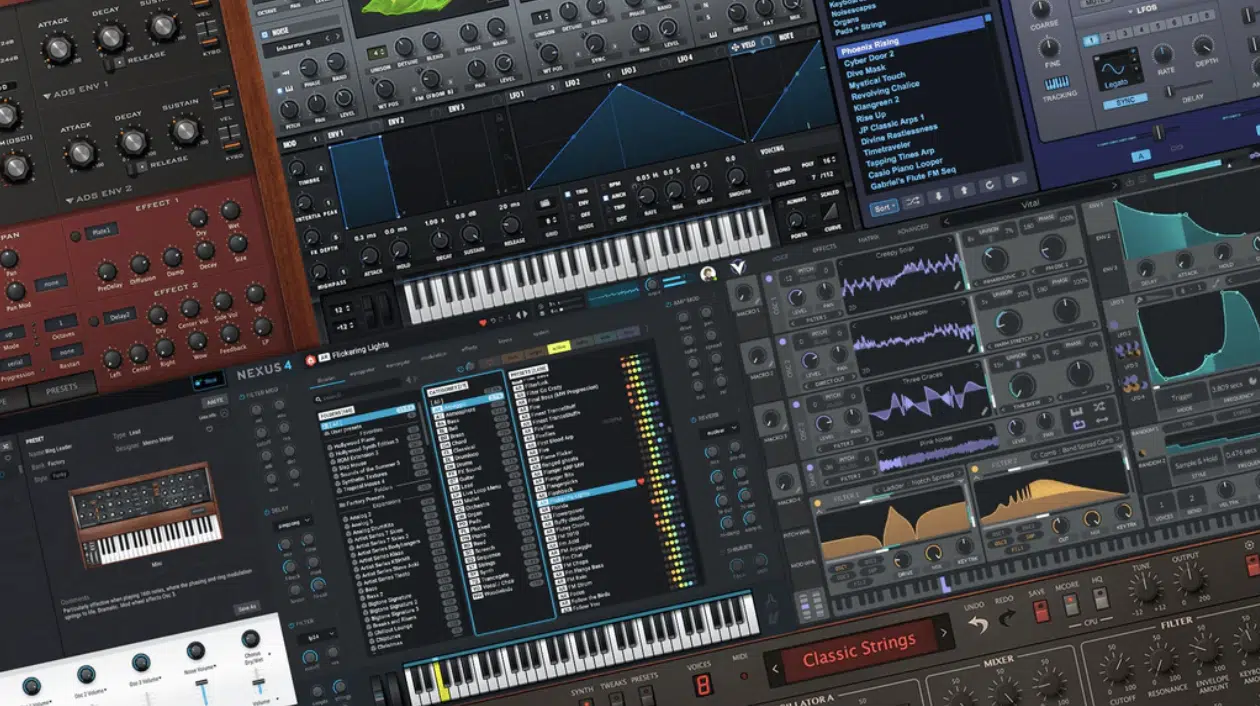
VST stands for Virtual Studio Technology, and it’s basically the music industry standard for creating plugins.
These can range from virtual instruments to effects and even simple utilities.
When you’re using a VST plugin, you’re adding a tool that processes audio or MIDI data in your digital audio workstation (DAW).
NOTE: Most DAWs accept VST plugins for a wide range of digital signal processing tasks, from effects to virtual instruments.
VST plugins have a staple in the music production world since their inception.
VST plugins allow you to:
- Sculpt your sound
- Layer effects
- Bring your musical vision to life
Whether it’s a complex synth plugin or a simple reverb effect, VST plugins are integral to shaping the audio signal.
However, VST has its limitations… For one, it doesn’t handle multiple MIDI inputs and outputs too well.
This brings us to its next-generation counterpart: VST3.
-
VST3: The New Kid On The Block
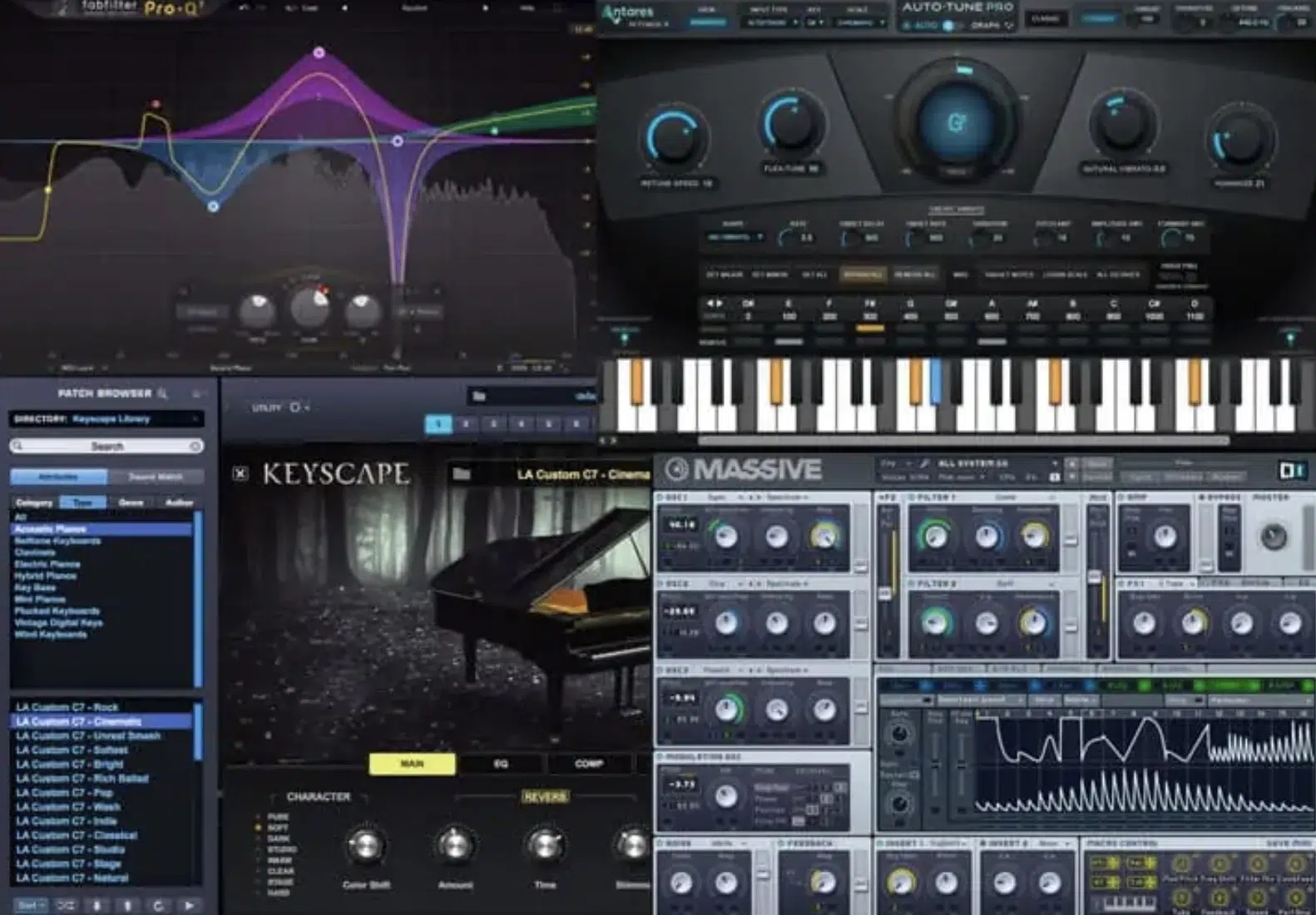
VST3, the latest version in the VST family, aims to solve a lot of issues that plagued older VST versions.
For starters, it handles multiple MIDI inputs and outputs much better.
This is essential for complex music production setups where you’re juggling several MIDI ports.
Not only does it manage MIDI data better, but VST3 also brings improved performance to your DAW.
It’s optimized to consume fewer CPU resources 一 making it a reliable VST platform for those heavy-duty projects.
Another notable feature is its sample-accurate automation.
Meaning, you can get into tiny, microscopic detail when you’re attempting to automate your unique plugins.
Think of it as having a scalpel instead of a blunt knife when sculpting your sound.
And let’s not forget, VST3 also brings a new level of customization.
Whether you’re routing audio inputs and outputs or handling automation data, VST3 provides a level of control that the older VST standard could only dream of.
The Technical Angle: VST vs VST3
Alright, you’ve got a basic understanding of VST vs VST3…
But let’s get technical and delve into some of the inner workings of these two formats.
-
MIDI Input Handling
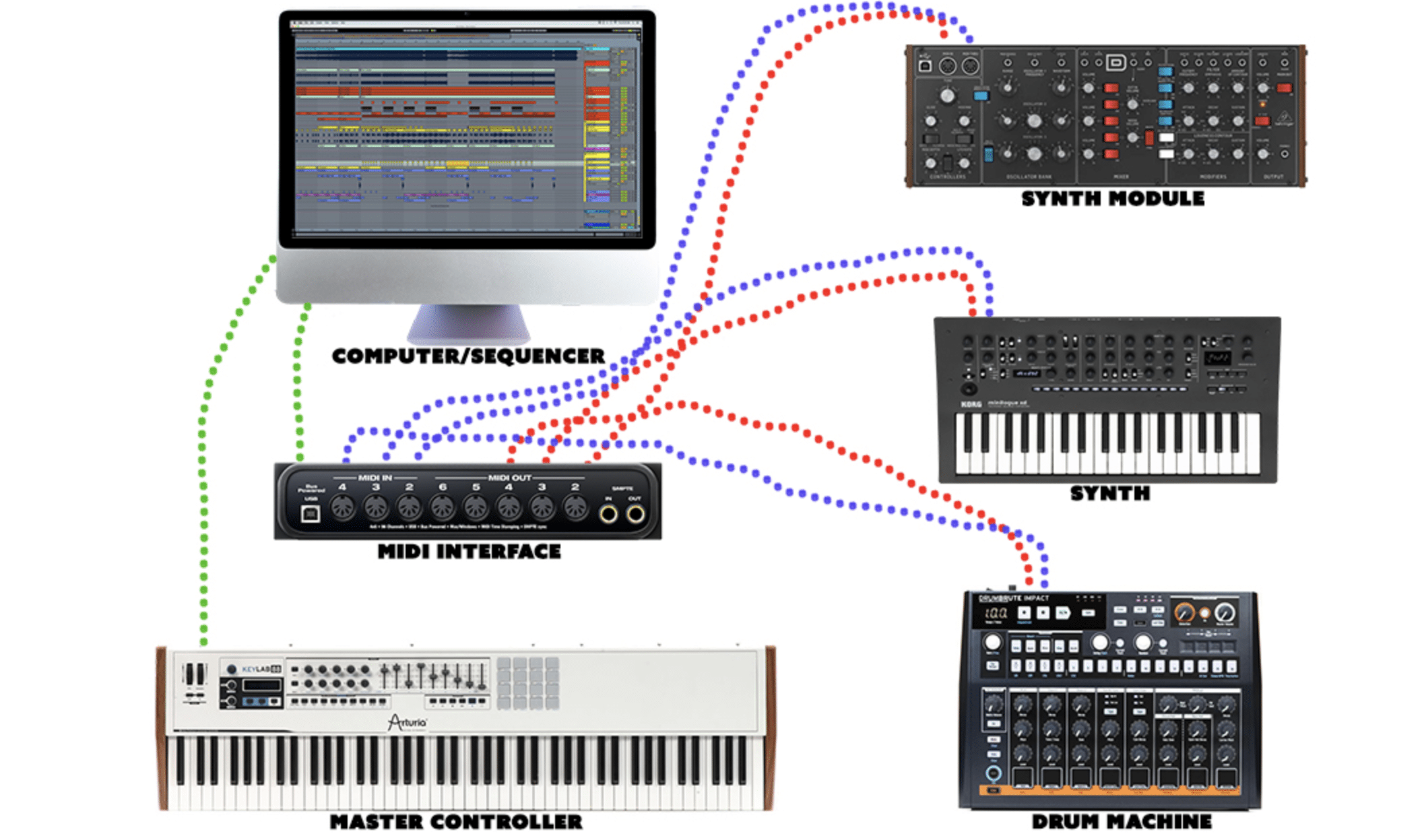
When it comes to MIDI input, the older VST standard can be pretty limiting.
Usually, you’re stuck with a single MIDI input for your plugins 一 which can be frustrating if you have complex setups requiring multiple MIDI inputs and outputs.
Sure, you could work around this limitation, but it’s not exactly efficient.
VST3, on the other hand, makes your life much easier when dealing with MIDI data and MIDI files.
It allows for multiple MIDI inputs and outputs, so you can feed in MIDI from multiple sources without any hassle.
This opens up a plethora of creative possibilities.
Imagine routing MIDI data from your keyboard and drum machine into a single VST3 plugin… the level of complexity you can achieve is insane!
Another benefit is that VST3 handles MIDI data much more efficiently.
It uses a dedicated event handler bus, so your MIDI data is processed without clogging up your system resources.
In a nutshell, if you’re doing anything intricate with MIDI, VST3 is your friend.
It accommodates advanced control setups and allows you to route multiple inputs with ease.
-
Audio Signal & Audio Data Flow

When it comes to audio signals and audio data flow, VST and VST3 options handle these processes very differently.
In the VST standard, audio signals are usually processed in a straightforward manner.
The VST plugin:
- Receives the digital audio signal
- Processes it
- Then, sends it back to the DAW
While this works, it lacks the nuance and flexibility that complex projects often require.
Enter VST3 and its smarter handling of audio data.
It employs a dedicated event handler bus for managing audio signals 一 which basically means your DAW can process audio data in a more sophisticated manner.
This is especially useful for tasks that need sample-accurate automation.
So why is this important?…
Well, the VST3 standard enables your plugins to adapt to the audio signal.
For instance, if a particular plugin only needs to process a specific note, VST3 can isolate only that note and leave the rest of the audio untouched.
In terms of audio signal flow, VST3 offers more:
- Freedom
- Flexibility
- Precision
This comes in handy when you’re doing intricate work that requires detailed attention to audio signals and audio data flow.
If you want to know more about audio signals and audio effects, we’ve got you covered.
The Features Showdown: VST vs VST3
Okay, we’ve covered some technical aspects. Now, let’s talk features. Bells and whistles make VST3 superior… or do they?
-
Automation Parameters and Control
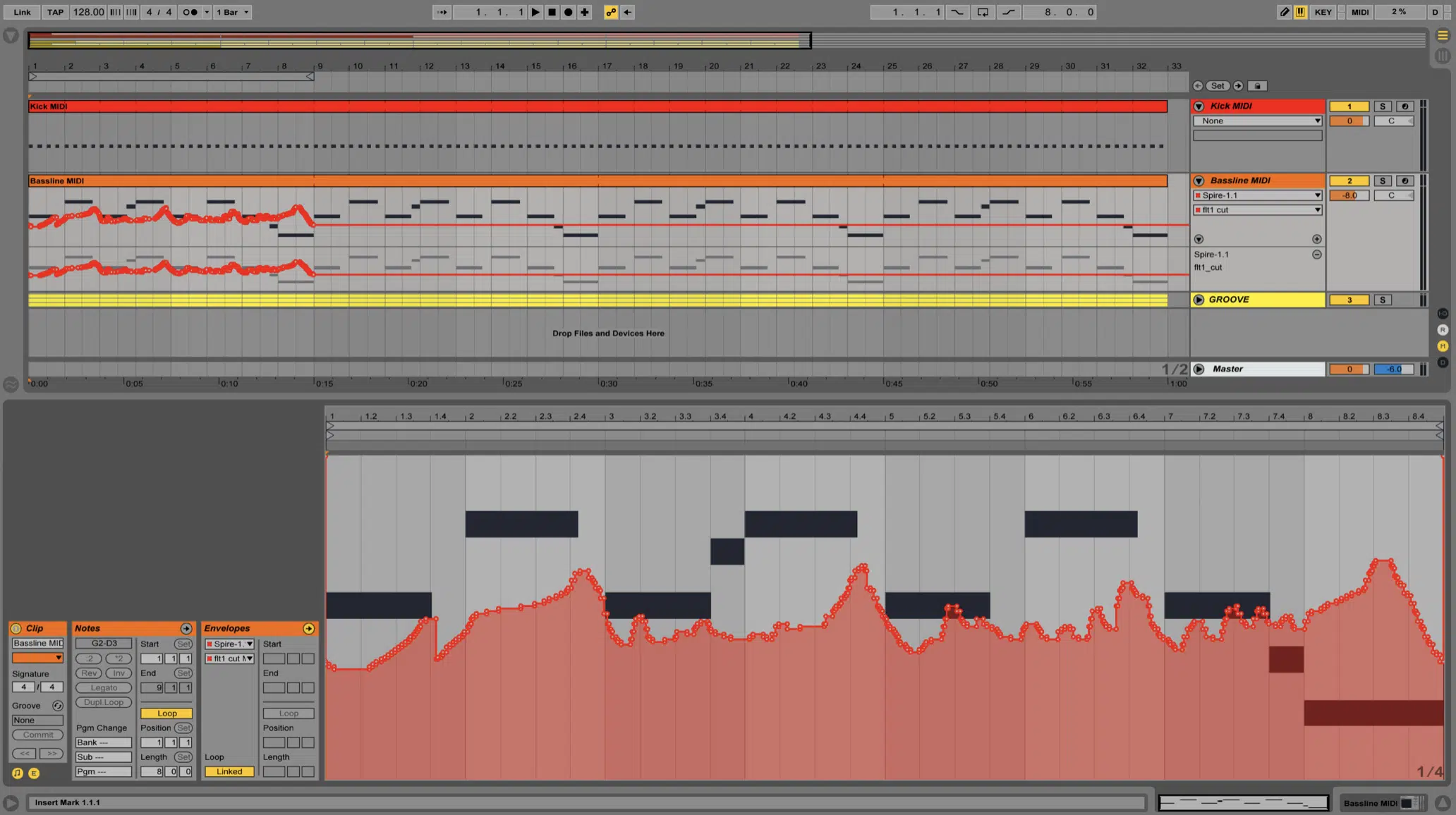
VST was never particularly renowned for its overall automation capabilities.
It was hardly revolutionary, as you were only able to automate:
- Volume
- Pan
- Other basic parameters
The automation data was often not as precise as one might hope.
VST3 takes automation to a new level with its sample-accurate automation.
Now, you can zoom in and make minute adjustments to your automation parameters.
Whether you’re tweaking filter-related parameters or modulating a complex virtual instrument, VST3 gives you a granular level of control.
The power of sample-accurate automation lies in its precision.
Every minute change can be tracked and executed flawlessly 一 providing a seamless experience in your DAW.
This is especially true for complex automation processes.
-
CPU Resources and Efficiency
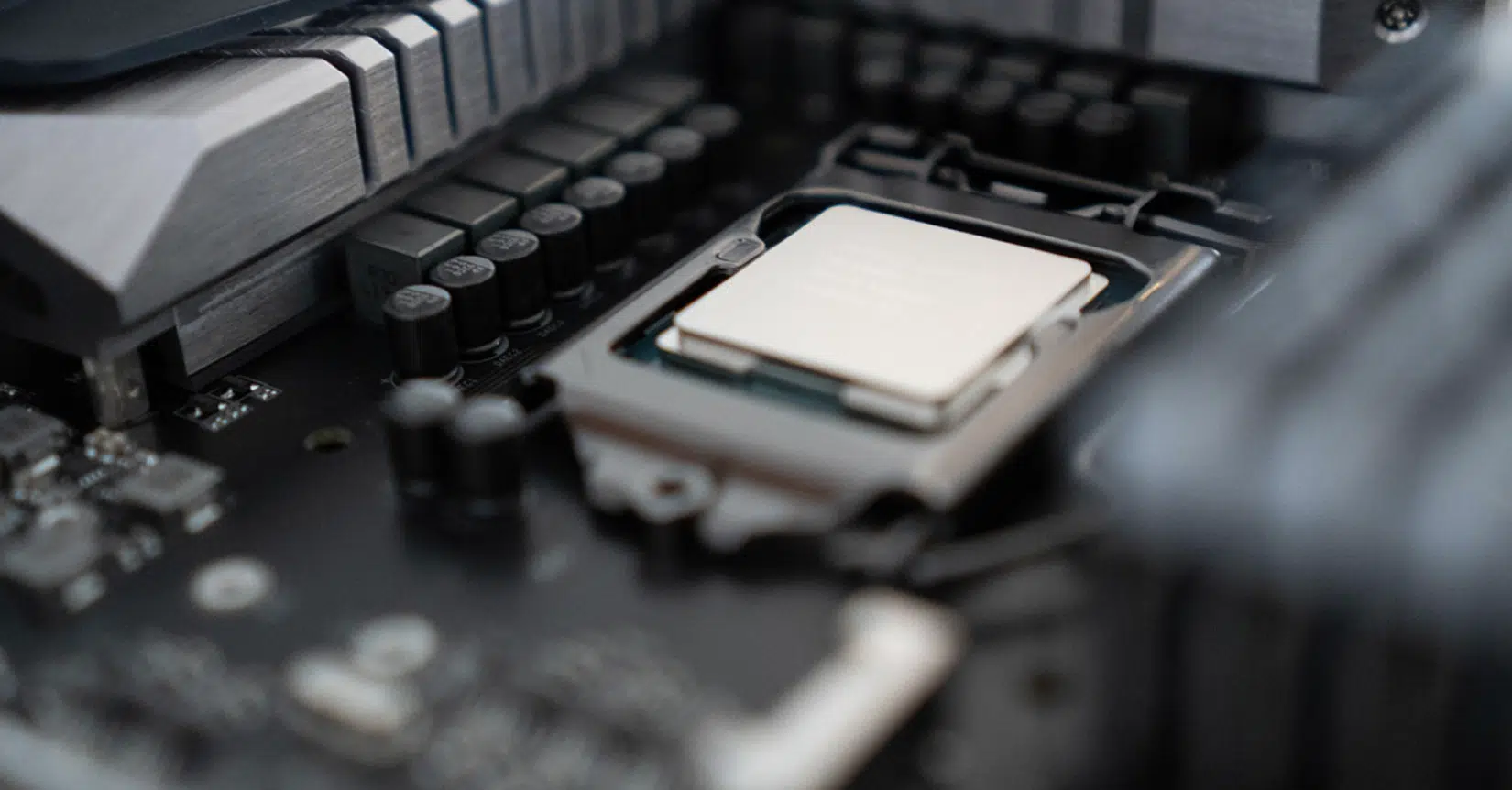
One issue with the older VST format is its CPU usage.
Load up a few complex VST plugins, and you might see your computer struggling.
CPU resources can get eaten up pretty quickly, which can affect your music production workflow in a major way.
VST3 plugins are designed to be more efficient 一 taking up fewer CPU resources.
This optimization allows you to run more plugins simultaneously without slowing down your DAW.
NOTE: It’s a blessing for those of you running projects with multiple VST instruments and VST effects.
How does VST3 achieve this?… It has a smarter way of managing plugins.
For example, when a VST3 plugin is not currently in use, it automatically switches off, saving CPU power.
This enables a more efficient workflow and ensures your DAW runs smoother.
So, if you’re looking for a more resource-efficient way to produce music, VST3 should be your go-to.
A Look at VST and VST3 Plugins
Now that we’ve seen what each format brings to the table, let’s discuss the kind of plugins you’ll find in both worlds.
-
VST Instruments and VST Effects
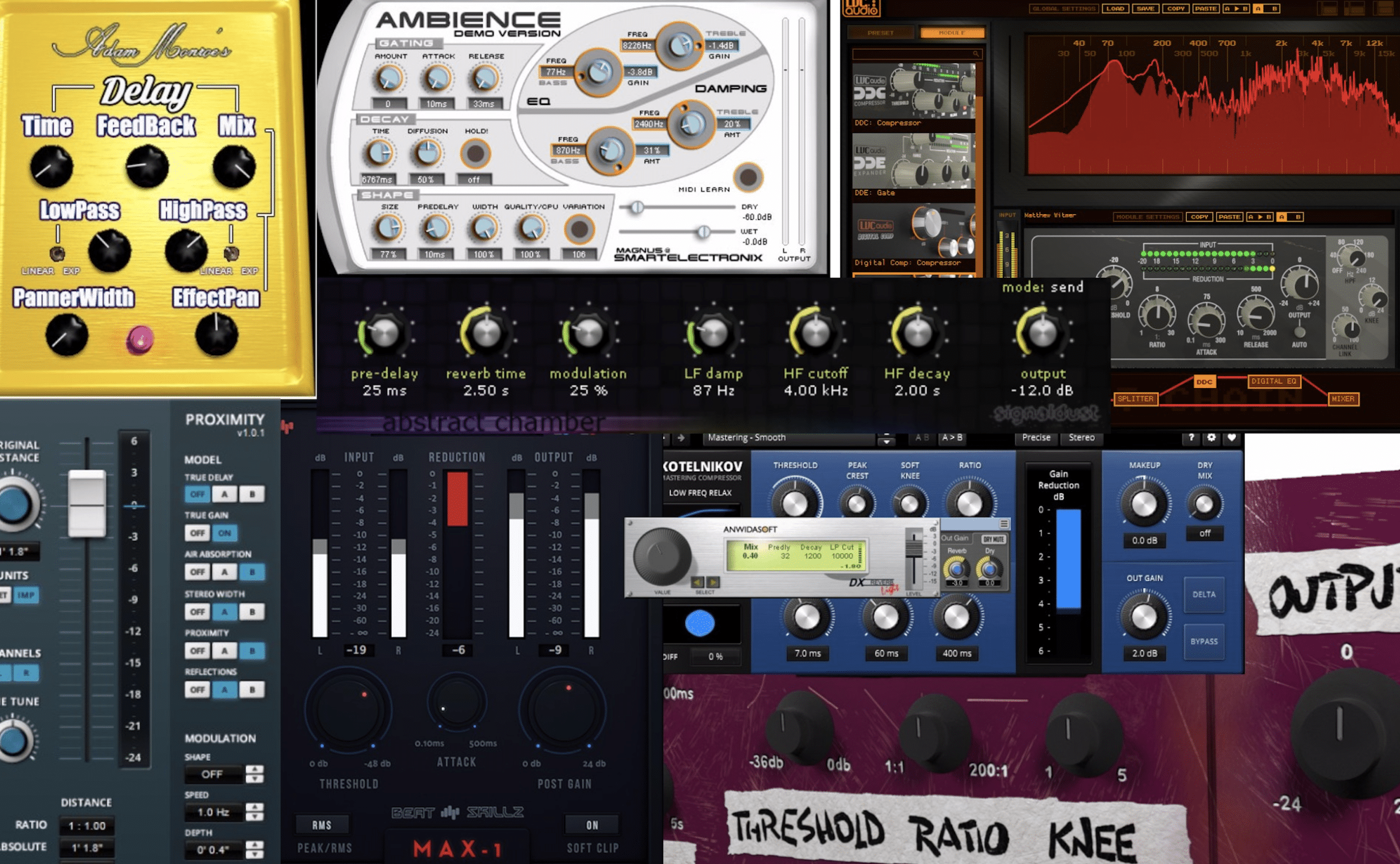
The older VST format boasts a wide range of plug ins, from virtual instruments to audio effects.
Whether you’re looking for a basic EQ or a complex synth, you’ll find a VST plugin that fits the bill.
However, these plug ins often don’t support the multiple MIDI inputs and outputs that many modern producers require.
Plus, you might find yourself limited when it comes to automation parameters.
Despite this, the sheer variety of VST plugins out there means you will likely find something that suits your needs.
Even if it doesn’t offer the latest features or the most efficient use of system resources.
But when it comes to innovation 一 VST instrument plugins are somewhat trailing behind.
As newer technologies and features become available, many developers are focusing their efforts on creating VST3 plugins to take advantage of these advancements.
You can still find a great selection of VST plugins.
However, if you’re looking for cutting-edge features and more efficient system usage, you might want to shift your focus toward VST3 plugins.
-
AU Plugins and AAX Plugins
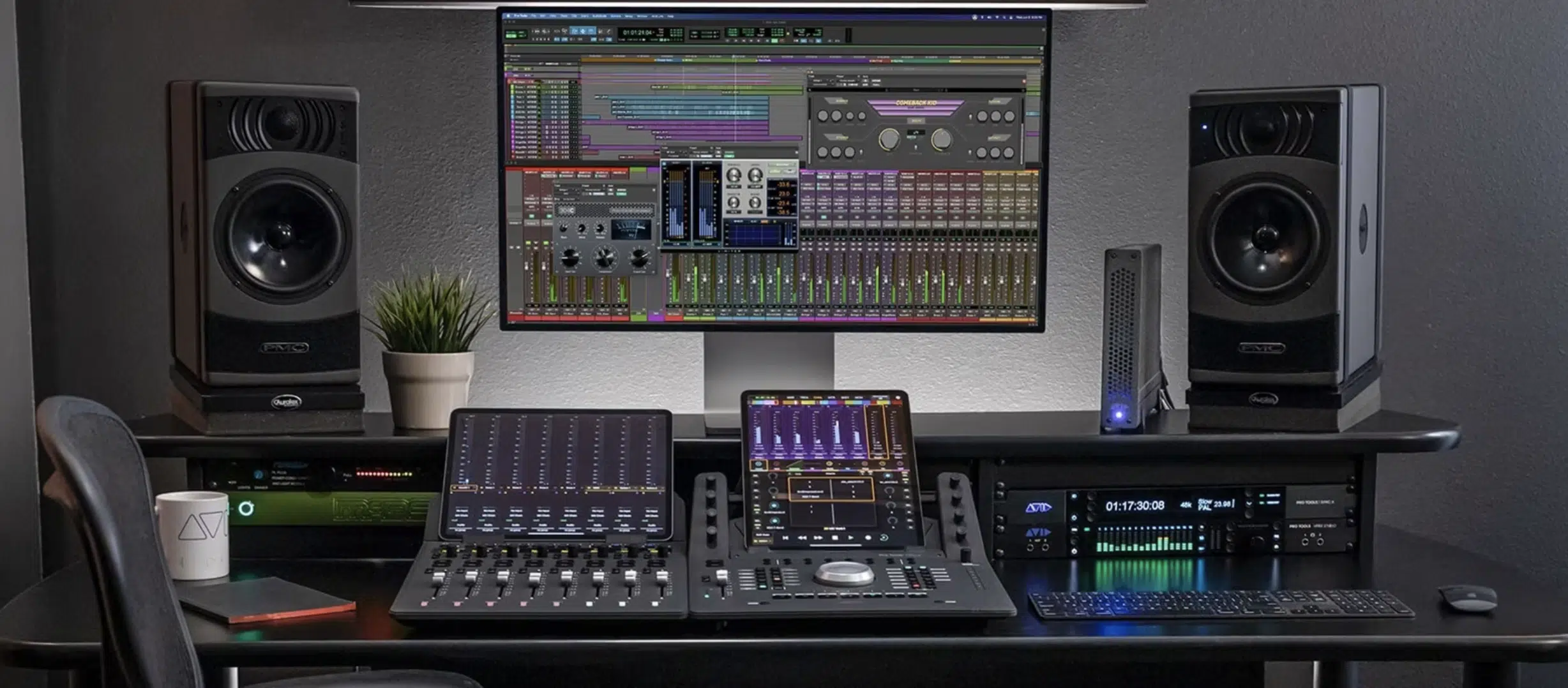
Before we move further, it’s worth noting that VST and VST3 are not the only players in the plug in game.
Audio Units (AU) and Avid Audio Extension (AAX) are also commonly used 一 especially on macOS and in Avid’s Pro Tools, respectively.
AU plugins and AAX plugins offer their own unique features and benefits.
And, depending on your DAW and operating system, you might prefer or be required to use one of these other formats.
However, it’s essential to note that not all plugins in this category are directly compatible with VST or VST3 一 although many plugin developers offer versions for all these platforms.
So while AU plugins and AAX plugins provide additional options, the focus on VST and VST3 remains strong.
Especially if you want cross-platform compatibility.
They are the closest we have to a ‘universal’ plugin standard, compatible with virtually all major DAWs across both Windows and macOS.
Compatibility and Support: VST vs VST3
Alright, let’s switch gears and discuss compatibility and support for VST and VST3 plugins.
-
Backward Compatibility
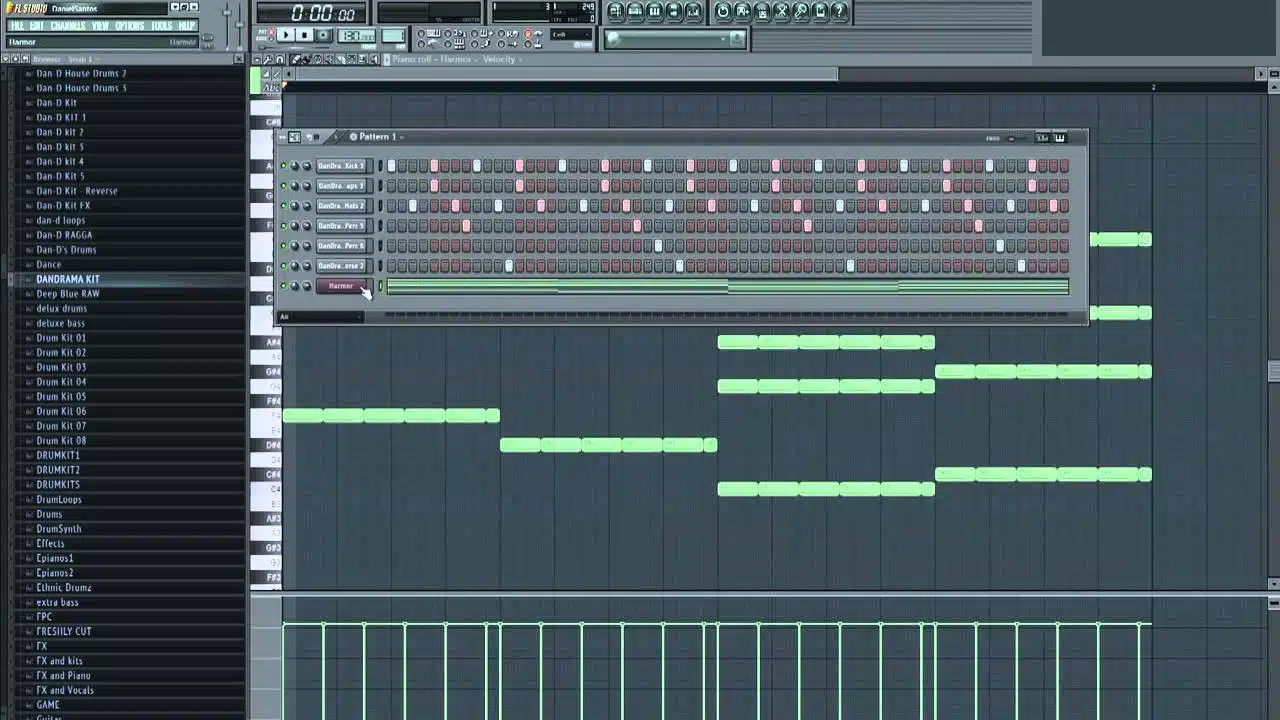
One of the perks of the virtual studio technology standard is its backward compatibility.
Many modern DAWs support older VST plugins; which is great news if you’ve invested in a library of VST instruments and effects over the years.
However, it’s important to note that VST3 is not backward compatible with VST.
Meaning, if you’ve got a project that relies heavily on older VST plugins, you’ll need to maintain a setup that supports them.
In practice, this often means running two versions of a plugin side by side:
- The VST version 一 For older projects.
- The VST3 version 一 For new projects.
While this can be a bit cumbersome, it ensures that you don’t lose access to your older projects.
Plus, still takes advantage of the benefits of VST3 for new work, respectively.
-
Official Support & Updates
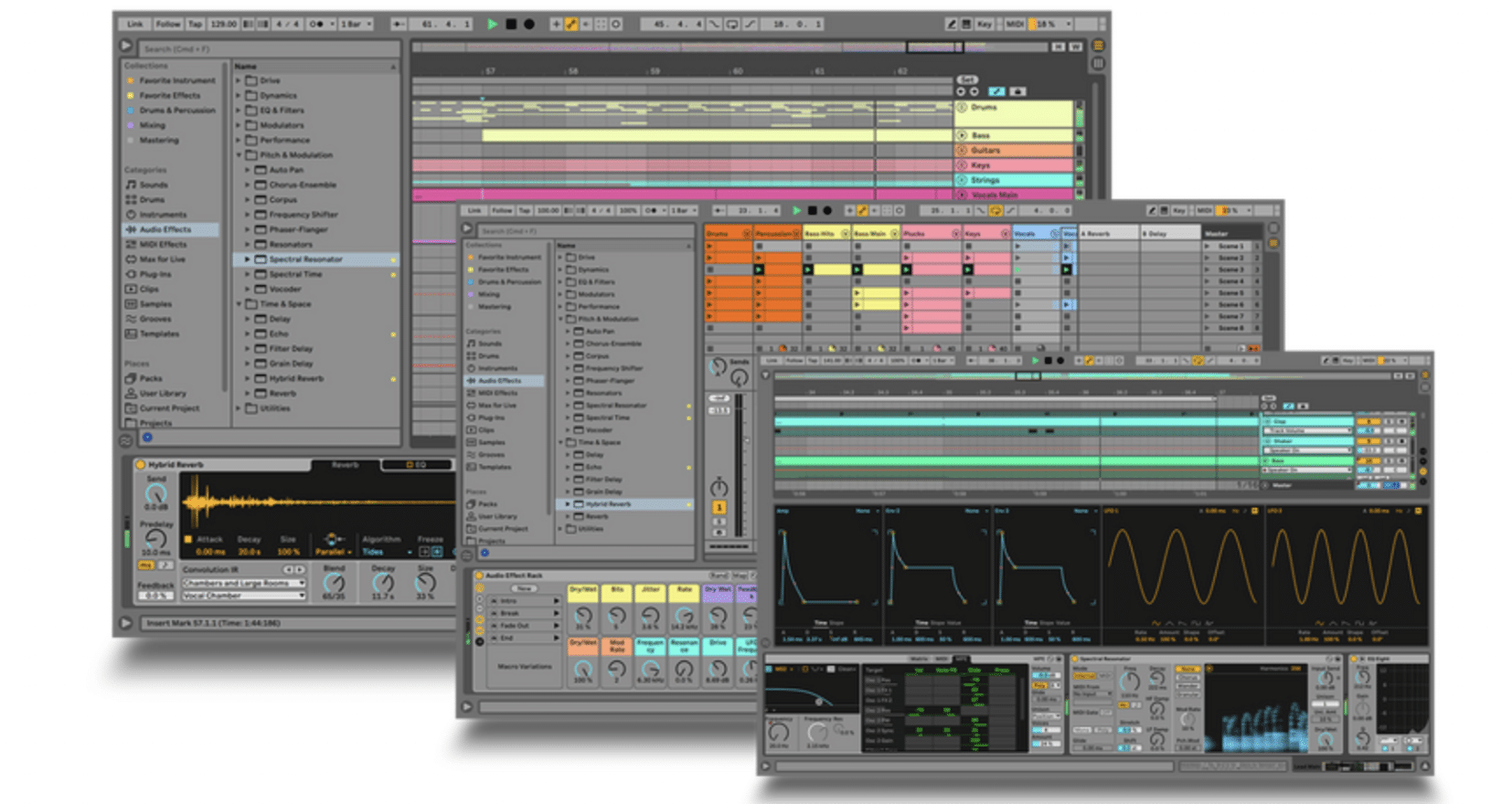
When it comes to updates and support, VST3 generally has the upper hand.
Being the newer standard, it’s where most developers are focusing all their energy and focus.
When it comes to a VST3 plugin compared to its older VST counterpart, you’re more likely to run across:
- New features
- Bug fixes
- Overall improvements
However, this is not to say that VST plugins are abandoned or dead in the water.
Many developers continue to support their VST plug ins 一 especially if they have a large user base.
But the focus is shifting, and future-proofing your setup might mean moving toward VST3.
Official support also plays a role in how plugins integrate with various DAWs.
As time goes on, more DAWs, like Ableton and Logic Pro X, are offering robust native support for VST3 plugins, making it easier to take full advantage of their features.
So when you’re choosing between VST and VST3, consider the long-term support and updates you’re likely to receive.
VST3 is clearly the future, but that doesn’t mean VST is obsolete (yet).
VST vs VST3: Pros & Cons
We’ve covered a lot of ground, but let’s boil it down to the key advantages and disadvantages of both VST and VST3s.
-
The Advantages of VST
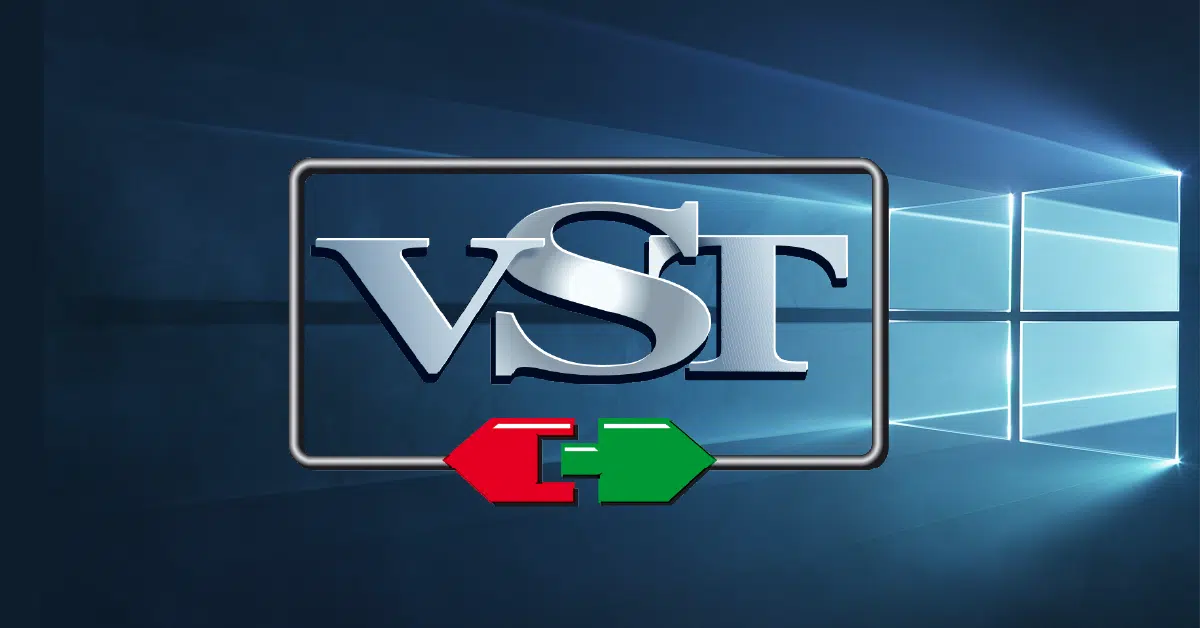
VST’s primary advantage is its ubiquity and extensive library.
With a wide array of plugins to choose from, chances are you’ll find a VST plugin that meets your needs.
Plus, older DAWs and projects often rely on VST plugins 一 making them necessary for backward compatibility.
Another advantage is the simple, straightforward design of VST plugins.
They are generally easier to grasp for beginners, with less complexity in routing and control compared to VST3.
Lastly, VST has been around long enough to have a stable, mature ecosystem.
You’ll find a wealth of online courses, resources, tutorials, and community support geared toward helping you get the most out of your VST plugins.
-
The Advantages of VST3
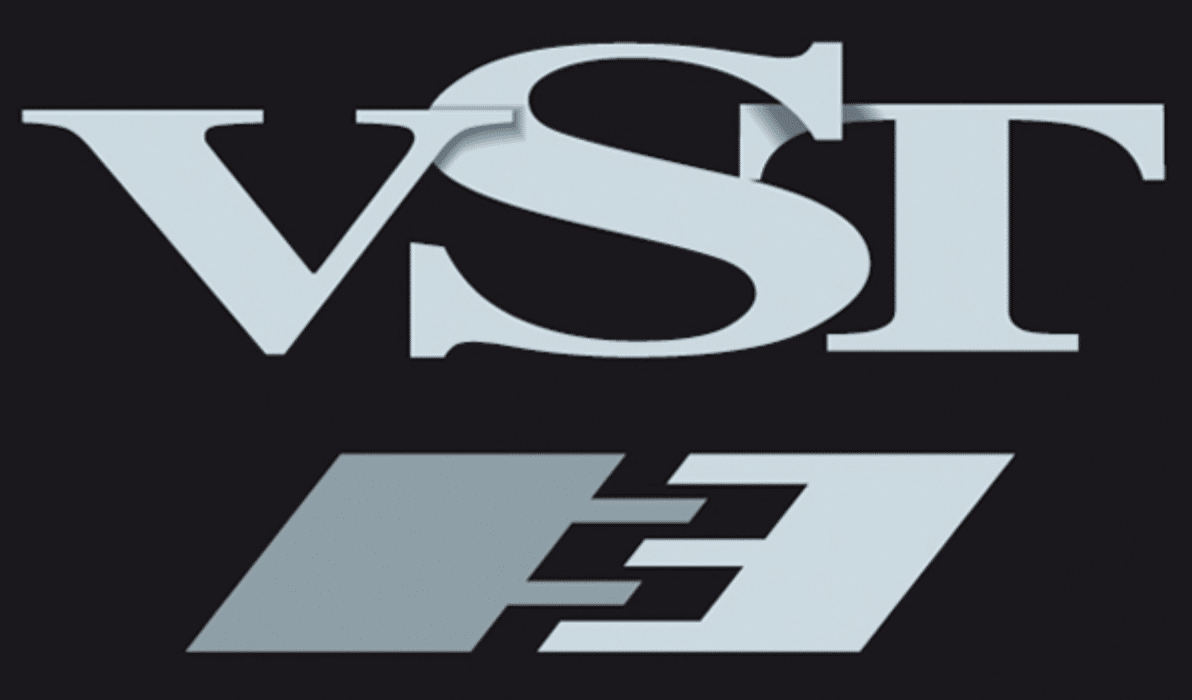
VST3, on the other hand, shines in its technical capabilities.
From multiple MIDI inputs and outputs to sample-accurate automation, VST3 is designed for the modern music producer who needs more control and flexibility.
The optimized CPU usage in VST3 is another significant advantage.
This is especially true if you’re working on less powerful systems or looking to maximize your plugin count without sacrificing performance.
VST3 is also becoming the primary focus for many developers, which means it will likely receive more:
- Frequent updates
- New features
- Overall better support in the long run
Additionally, VST3 offers smarter features like automatic plugin suspension when not in use.
This helps in resource management 一 ensuring that your DAW runs smoothly even in complex sessions.
-
The Downsides: VST vs VST3

When it comes to VST3s, there aren’t too many downsides, but there are certainly a few.
The lack of backward compatibility, for one, is a significant downside for VST3; especially for those with existing VST-centric workflows.
This often necessitates running both versions of a plugin.
VST, while established and reliable, is gradually becoming outdated.
As more DAWs, artists, and producers move toward VST3, it’s only a matter of time before VST plugins are phased out (at least for cutting-edge production work).
Another downside to VST is its inefficient use of CPU resources.
For complex projects, this can become a bottleneck 一 limiting the number of plugins you can run simultaneously.
On the flip side, VST3 can be more complex and may offer too many features for simple tasks and sound design/processing.
This makes it potentially overwhelming for beginners or those who need straightforward solutions.
VST vs VST3: Final Thoughts
VST and VST3s are more than just acronyms thrown around in the music production world; they’re essential tools that can seriously elevate your game.
The debate over VST vs VST3 can seem overwhelming at first, but now, you have all the resources needed to make an informed decision.
Whether you’re leaning toward VST for its broad compatibility or VST3 for its advanced control capabilities, knowing the ins and outs of each is vital.
It allows you to tailor your production setup to your specific needs.
Speaking of taking your music to the next level, have you checked out the MIDI Box (Free Teaser) pack yet?
This pack complements the advanced features in both VST and VST3 plugins by providing you with 55 MIDI files to add some extra sparkle to your productions.
Best of all, these MIDI files are cleared for both personal and commercial use.
Just imagine coupling the advanced automation parameters in VST3 plugins with the intricate melodies you could create using the MIDI files from this pack!
It’s a match made in digital music production heaven.
So, next time you’re stuck in the VST vs VST3 debate 一 you’ll know exactly which format aligns with your music production goals.
Whether it’s MIDI input handling, CPU efficiency, or automation parameters that sway your decision, you’re now armed with the knowledge to make the best choice for you.
Until next time…







Leave a Reply
You must belogged in to post a comment.